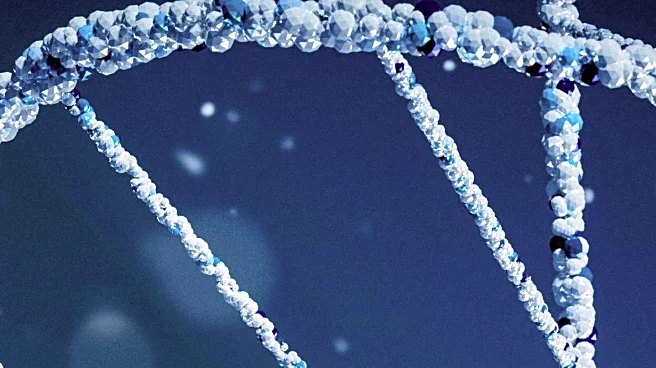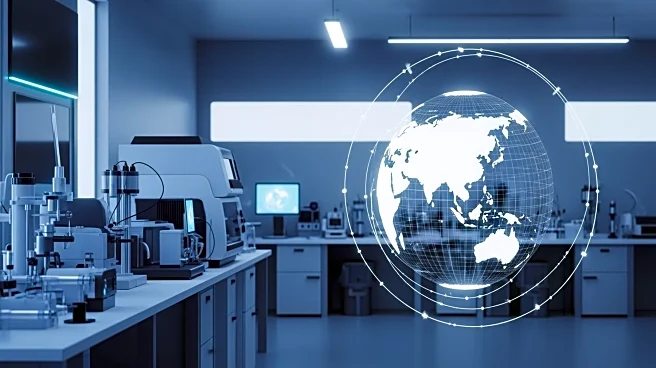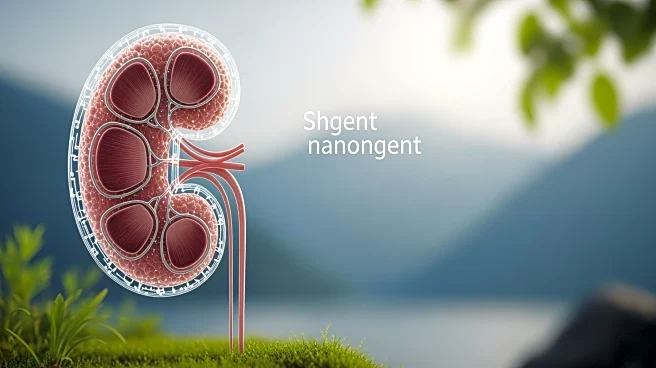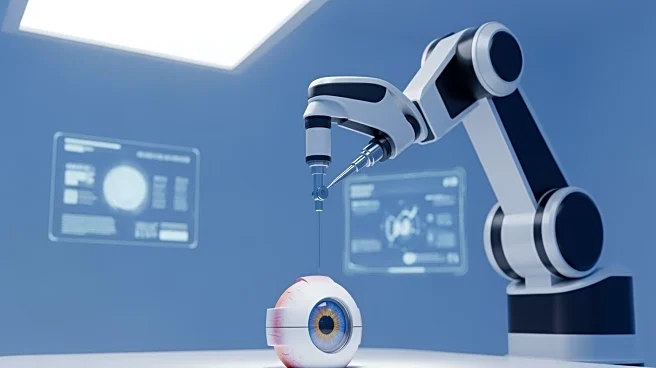What's Happening?
A study conducted at Jiangnan University has demonstrated that inhibiting PGK1 can ameliorate acute kidney injury (AKI) by inactivating the PKM2/ALOX12/ferroptosis pathway. The research involved human renal biopsies and multiple mouse models of AKI, focusing
on the role of PGK1 in the pathogenesis of the condition. The study utilized various techniques, including renal ischemia-reperfusion injury surgery and cisplatin treatment, to induce AKI in mice. The findings suggest that PGK1 plays a critical role in kidney cell damage through oxidative stress and inflammation. The study also explored the potential of Luteolin-7-diglucuronide (L7DG) as a PGK1 inhibitor, showing promising results in reducing kidney damage in vitro and in vivo.
Why It's Important?
The research is significant as it identifies PGK1 as a potential therapeutic target for treating AKI, a condition that affects millions of people worldwide. By understanding the mechanisms through which PGK1 contributes to kidney damage, new treatments can be developed to mitigate the effects of AKI. The study highlights the importance of targeting specific pathways involved in oxidative stress and inflammation, which are key contributors to kidney injury. The use of PGK1 inhibitors like L7DG could lead to the development of effective treatments that improve patient outcomes and reduce the burden of AKI on healthcare systems.
What's Next?
Future research will likely focus on further validating the efficacy of PGK1 inhibitors in larger animal models and eventually in human clinical trials. Researchers may also explore the potential of combining PGK1 inhibitors with other treatments to enhance their effectiveness. Additionally, the study opens avenues for investigating other pathways involved in AKI, potentially leading to a broader range of therapeutic options. The development of PGK1 inhibitors could also have implications for other conditions characterized by oxidative stress and inflammation.
Beyond the Headlines
The study raises ethical considerations regarding the use of animal models in research, as well as the potential for translating findings from mice to humans. The research also highlights the complexity of AKI and the need for a multifaceted approach to treatment, considering the various pathways involved in the condition. The identification of PGK1 as a therapeutic target underscores the importance of understanding the molecular mechanisms underlying kidney injury, which could lead to more personalized and effective treatments.













